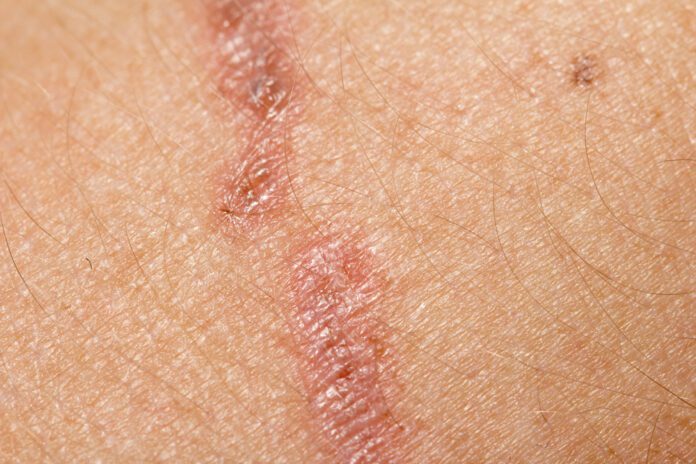Overview Of Basal Cell Carcinoma
Basal cell carcinoma is the most type of cancer in the United States. In addition, it is also the most common type of skin cancer in the world. Basal cell is typically slow-growing, and rarely does it spread to other areas of the body. Squamous cell carcinoma, and melanoma are two other common types of skin cancer.
Other names include:
- Rodent ulcer
- Skin cancer – basal cell
- Cancer – skin – basal cell
- Nonmelanoma skin cancer
- Basal cell NMSC
- Basal cell epithelioma
Causes Of Basal Cell Carcinoma
The epidermis is the top layer of your skin, and the basal cell layer is the epidermis’ bottommost layer. Basal cell carcinoma occurs on skin regularly exposed to sunlight/ ultraviolet radiation, and is more common over the age of 50. However, younger people who have had excessive sun exposure.
Risk Factors:
- Blond or red hair
- Light-colored or freckled skin
- Blue, green, or grey eyes
- A weakened immune system (such as from being on immunosuppressants after an organ transplant
- Overexposure to x-rays or other forms of radiation
- Many moles
- Close relatives who have or had skin cancer
- Having nevoid basal cell carcinoma syndrome
- Having had photodynamic therapy
- Many severe sunburns early in life
- Being a smoker
- Chronic sun exposure (such as that received by people who work outside)
Symptoms
Basal cell carcinoma is often painless, and may not look that different from your normal skin. It can present as a bump or growth in myriad ways. These cancer spots look pearly or waxy, white or light pink, red and scaly, or even normal skin that is slightly raised. Basal cell carcinoma can also present as a skin sore that doesn’t heal, or bleeds easily, an oozing sore, a scar-like sore without having injured the area, or a sore with a sunken middle.
Exams & Tests
Basal cell carcinoma mimics many other diseases, such as eczema, psoriasis, and granuloma annulare. As you can see from the symptoms, basal cell carcinoma presents similarly to many other diseases. However, you will need a doctor diagnosis to determine if it is cancer or a more mundane ailment. They will examine the questioned areas of your skin, looking at size, shape, colour, and texture. If they are concerned it might be cancer, a skin biopsy will be done, as this is the only way to determine if it is basal cell carcinoma (or another type of skin cancer). A biopsy is where a small tissue sample is removed, and sent for testing.
Treatment Of Basal Cell Carcinoma
Treatment will depend on a number of factors, such as location, size, depth, and your overall health. Any treatment has its pluses and minuses, and your doctor will discuss the best options for you.
Treatment options include:
- Excision- A procedure involving cutting out the cancer, then stitching the skin together.
- Medication- This involves using medicated creams to treat cancers that are not large or deep.
- Biologic therapies (immunotherapies)- These medicines can kill basal cell skin cancer. However, this option is only pursued when standard treatments fail.
- Cryosurgery- This procedure uses liquid nitrogen or argon gas to freeze the basal cell carcinoma, thereby killing it.
- Photodynamic therapy- This procedure uses light-activated chemicals to treat cancers that are not too wide or deep.
- Curettage and electrodessication- This procedure involves scraping away the cancer cells, then using electricity to kill any that remain. However, electrodessication isn’t always necessary. Used only on cancers not too deep or large.
- Mohs surgery- This surgery treats cancer on the ears, nose, and other parts of the face. Thin layers of skin are removed, and examined immediately under a microscope. Layers are removed until there are no signs of cancer.
- Radiation therapy- When surgery isn’t possible, then radiation may be used.
- Chemotherapy- This option uses chemical infusion if surgery isn’t possible.



